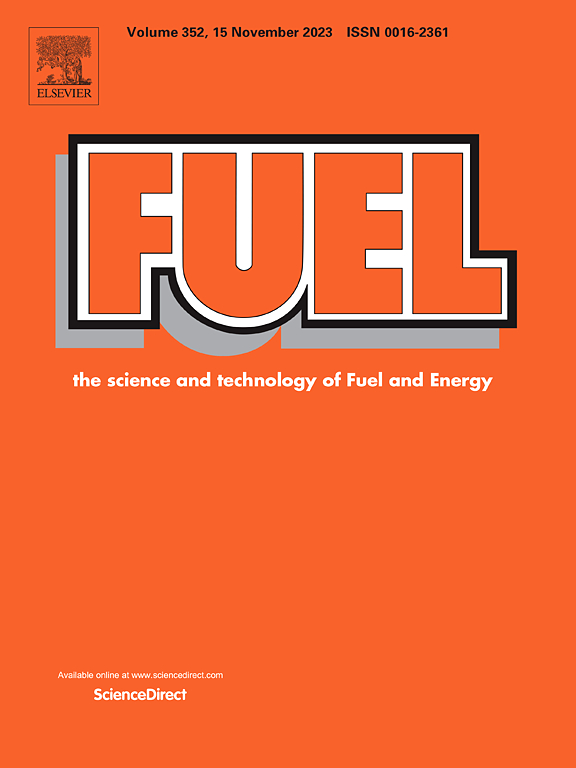In-situ synthesized Fe-SSZ-13 zeolite with superior performance for NO oxidation over a wide temperature range
IF 6.7
1区 工程技术
Q2 ENERGY & FUELS
引用次数: 0
Abstract
The selective catalytic oxidation of NO (NO-SCO) at medium–low temperatures, ranging from several tens to 200 °C, has garnered significant attention because the flue gas temperatures in certain important industries typically fall within this temperature range, yet many deNOx technologies, such as NH3-SCR, perform relatively poorly in this temperature range, especially at temperatures below 100 °C. The activity of zeolites for NO-SCO exhibits a quasi-V-shaped curve with respect to temperature within this range, resulting in low activity. To enhance the catalytic activity of zeolite for NO-SCO at these temperatures, it’s crucial to achieve a low transition temperature, at which the mechanism of NO-SCO shifts. In this study, M−doped small-pore zeolite SSZ-13 catalysts (where M = Fe or Cu), along with H-SSZ-13 and Na-SSZ-13, were synthesized through a one-pot hydrothermal method for NO-SCO. NO-SCO tests show that Fe-SSZ-13 significantly lowers the transition temperature to around 100 °C, compared to Cu-SSZ-13, H-SSZ-13, and Na-SSZ-13, which have transition temperatures of about 150 °C, 125 °C, and 150 °C, respectively. As a result, Fe-SSZ-13 exhibits excellent NO-SCO activity, with NO conversions reaching 85 % at both 25 °C and 250 °C and exceeding 40 % across a broad temperature range of 25–350 °C at a WHSV of 12,000 mL·g−1·h−1. Characterization reveals that Fe-based species in Fe-SSZ-13 mainly exist as binuclear Fe species and isolated Fe ions. The former serves as the main active sites for NO-SCO, while the latter can stabilize NO+, adsorb NO, and generate nitrates and NO+, all of which collectively facilitate NO-SCO. This study offers a promising strategy for developing high-performance, wide-temperature NO-SCO catalysts.
求助全文
约1分钟内获得全文
求助全文
来源期刊

Fuel
工程技术-工程:化工
CiteScore
12.80
自引率
20.30%
发文量
3506
审稿时长
64 days
期刊介绍:
The exploration of energy sources remains a critical matter of study. For the past nine decades, fuel has consistently held the forefront in primary research efforts within the field of energy science. This area of investigation encompasses a wide range of subjects, with a particular emphasis on emerging concerns like environmental factors and pollution.
 求助内容:
求助内容: 应助结果提醒方式:
应助结果提醒方式:


